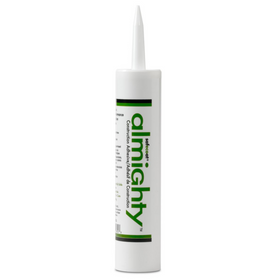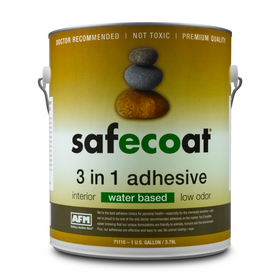
Natural Building as a Pathway towards Autonomy, Health, and Happiness
Last Updated: Feb 13, 2025As a writer for Rise, I have had the privilege of researching and writing about the latest developments and best practices for making homes more sustainable. I have also been able to peer into the dwelling places of dozens of homeowners who have graciously let us feature their homes on our website. I have thoroughly enjoyed the process of bringing our readers inspiring household ideas, practical energy efficiency upgrades, and novel suggestions to help us transition into a more sustainable society. The past years of researching and writing for Rise have offered me practical and tangible benefits, which I would like to share with our readers.
Table of Contents
- An Inconspicuous Background
- An Earthen Encounter
- Finding a Canvas for Rehearsal
- Finally, a Home of our Own
- Sharing Our Passion with the Community

Over the past eight years, my wife and I have built thirteen small homes/cabins whose walls we built with little more than the building site's mud. It all started as a timid experiment to determine whether or not we might be able to find an alternative path to homeownership. Today, it has grown into a borderline obsessive hobby that drives us to imagine new possibilities for earthen homes every time we find a source of quality clay soil.
An Inconspicuous Background
I grew up in a traditional suburban neighborhood of 2,500 square foot homes. Neighbors would seemingly compete to see who could mow their chemically-soaked green lawns most often. The once-beautiful and productive farmland surrounding our rural Kentucky subdivision was slowly sold off to the highest-bidding contracting companies. These homebuilders proceeded to out-do each other to see who could build the biggest, flashiest houses at the lowest cost per square foot.
At the time, I never really thought twice about my childhood home. Like most suburbanites, I took for granted that the roof would keep me dry, that clean water would always flow from the tap, and that hot air would blow from the vents when I turned up the thermostat in winter.
My mother´s side of the family is the type of person who seemed to be born with a hammer in their hands. However, my father's “Fix-it-up” genes, which I inherited, usually equated household repairs and renovations with a search through the Yellow Pages for the cheapest contractor. Suffice it to say that I indeed did not inherit any natural abilities or inclinations that would lead me into the world of home construction.
An Earthen Encounter
And then, by a serendipitous coincidence, I found myself doing volunteer work in the mountains of Venezuela, offering my poor Spanish translation abilities for a rural health clinic. After one long day of work, a local older woman invited me to her farm, where one of her grandsons was in the process of building her a new home. In the eyes of most, that simple wattle and daub homemade from sticks, mud, and rusty nails would exemplify the hardships and adversities of people living in places where “home” doesn’t come with a $300,000 mortgage. For me, however, the finished product was a simple, beautiful, incredibly functional living space.

We also chose to work with cob because of the freedom for artistic creativity that it offers. My creative skills end with stick figures, so my wife gladly spent hours carving, molding, and sculpting our home walls. The result is that virtually every square foot of our walls shine with creative niches for candles and keepsakes, hand-sculpted bookshelves, relief sculptures, and unique earthen plasters.

Cob was also the best material option for our circumstances and climate. We sourced the clay subsoil for our home's walls from a neighboring 80-year-old adobe home whose roof had fallen in. Essentially, we knocked over the walls of that home, re-wet and stomped the soil, and “recycled” the walls into a new life. The walls of our house, then, had virtually no embodied energy footprint. The thick cob walls also act as an excellent thermal mass that sucks up the afternoon sun's heat to subsequently slowly release that heat into our home in the cooler evenings. Supplemental heat from our cast iron wood stove keeps us warm enough during our mild winters.
Sharing Our Passion with the Community
Shortly after finishing and moving into our cob home, we realized that we weren´t quite ready to be “done” with cob. We had some leftover soil and wood and immediately started building two small cob cabins that we planned to rent out on Airbnb. Some of our younger neighbors, who were quite intrigued by this novel building method, asked us to help them design and build a home of their own. Four years later, our small village at the base of El Salvador´s highest mountain has turned into a unique little cob cottage community where we also rent out cabins as part of our growing ecotourism cooperative.

There is something undeniably liberating that comes with building your own home from the dirt underneath your feet. In our case, it allowed us a path to homeownership without taking on any debt. Despite our increasingly globalized economy, a warm, comforting home can still be built from materials sourced from within a 100-meter radius of the building site. Sharing the hard work that building with cob entails also provided us with a stronger sense of community and friendship with our neighbors.
Tobias Roberts
Tobias runs an agroecology farm and a natural building collective in the mountains of El Salvador. He specializes in earthen construction methods and uses permaculture design methods to integrate structures into the sustainability of the landscape.














